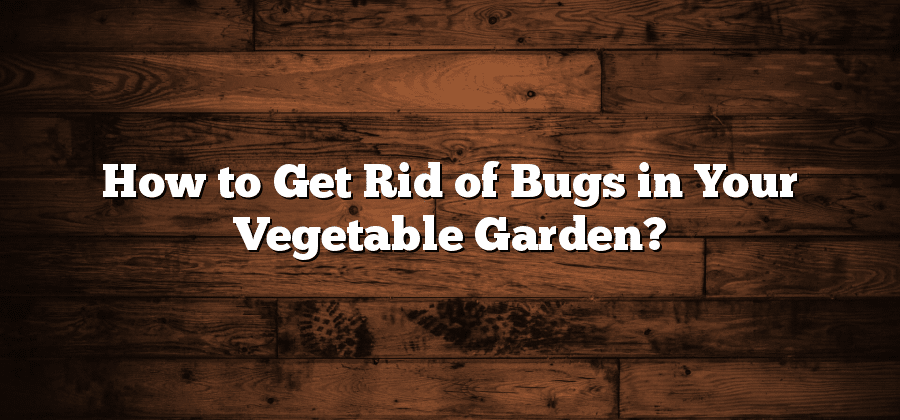Identifying Common Garden Pests
When it comes to maintaining a healthy and vibrant garden, one of the first steps is to identify and understand the common pests that might inhabit your space. These pests can cause significant damage to your plants if left unchecked, so it’s essential to be able to recognize them. Some common garden pests include aphids, which are small insects that feed on the sap of plants and can quickly multiply in number. Another common pest is the tomato hornworm, a large green caterpillar that feeds on tomato plants and can strip them of their leaves and fruits. Other pests to watch out for include slugs, snails, and whiteflies.
To identify these pests, it helps to regularly inspect your plants for any signs of damage or unusual activity. Look out for discolored leaves, chew marks, or sticky residue on the leaves, which could indicate the presence of aphids. Tomato hornworms are large and easy to spot, but their coloration can camouflage them against the green foliage. Keep an eye out for their telltale droppings, which look like small black pellets. Slugs and snails leave a slimy trail behind them, so look for this evidence on the ground or on the plants themselves. Lastly, whiteflies are tiny, white, moth-like insects that can often be seen flying around the plants when they are disturbed. By being able to identify these common garden pests, you can take the necessary steps to control their presence and protect your precious plants.
Understanding Pest Life Cycles
One essential aspect of effective pest management in gardens is understanding the life cycles of common pests. Each pest species goes through specific stages of development, and knowing this information can significantly aid in targeting control measures and preventing their population from growing out of control. By familiarizing ourselves with these life cycles, we can identify vulnerable periods when pests are most susceptible to control methods, giving us the advantage in the battle against garden invaders.
The life cycle of pests generally consists of several stages, including eggs, larvae or nymphs, pupae, and adults. Understanding these stages is crucial because different control methods may be more effective at specific points in the life cycle. For instance, the application of insecticides during the egg stage might prevent future generations from emerging, while targeting larvae or adult pests during their active feeding period can provide immediate relief and minimize damage to plants. By analyzing which stages pests are present in and when they are most active, gardeners can adopt appropriate strategies to disrupt their life cycles and curb their population growth.
Implementing Proper Garden Maintenance
One essential aspect of successful gardening is maintaining a proper garden care routine. This includes regular watering, pruning, weeding, and monitoring for any signs of disease or infestation. Taking the time to implement these maintenance tasks ensures that your garden remains healthy and vigorous throughout the growing season.
Watering is a crucial element of proper garden maintenance. It is important to provide your plants with the right amount of moisture, avoiding both overwatering and underwatering. Assess your garden’s specific needs by checking the soil moisture levels regularly and watering accordingly. Keep in mind that different types of plants may have different water requirements. Additionally, watering in the early morning or late afternoon when the temperature is cooler assists in minimizing water loss through evaporation. By paying attention to the moisture needs of your garden, you’ll help your plants thrive and reduce the risk of stress or disease.
Natural Pest Control Methods
There are various natural pest control methods available for gardeners, making it easier to manage and prevent pest infestations without resorting to harmful chemicals. One effective approach is using natural predators to control pests. For example, introducing ladybugs into your garden can help combat aphids, as ladybugs are voracious eaters of these harmful insects. Additionally, encouraging birds to nest in your garden can help control caterpillar populations, as birds will feed on these pests and keep their numbers in check.
Another natural method to control pests is through the use of physical barriers. Installing netting or mesh around your plants can prevent flying insects, such as butterflies or moths, from laying eggs on them. This can significantly reduce the risk of infestations. Furthermore, creating barriers using copper tape or diatomaceous earth can deter slugs and snails from reaching your plants, as they are repelled by these substances. By employing these natural pest control methods, gardeners can effectively protect their crops and promote a healthier and more balanced ecosystem.
Utilizing Companion Planting Strategies
Companion planting is a popular strategy among gardeners to maximize the health and productivity of their plants. By carefully selecting which plants to grow near each other, gardeners can create mutually beneficial relationships that deter pests, enhance soil fertility, and improve overall plant growth. One common example of companion planting is pairing tomatoes with basil. These two plants have been found to complement each other well, with the strong scent of basil acting as a natural deterrent for pests that often plague tomatoes. Additionally, the basil’s dense foliage can provide shade and minimize weed growth around the tomato plants.
Another effective pairing is planting marigolds alongside various vegetables. Marigolds emit a strong odor that repels many garden pests, including aphids and nematodes. Not only do marigolds act as a natural pest control measure, but they also add a vibrant pop of color to the garden. It is important to note that companion planting is not limited to these examples and can be customized to suit the specific needs and preferences of individual gardeners. By incorporating companion planting strategies into their gardening practices, individuals can create a harmonious and thriving garden ecosystem while reducing the need for harmful chemical pesticides.






